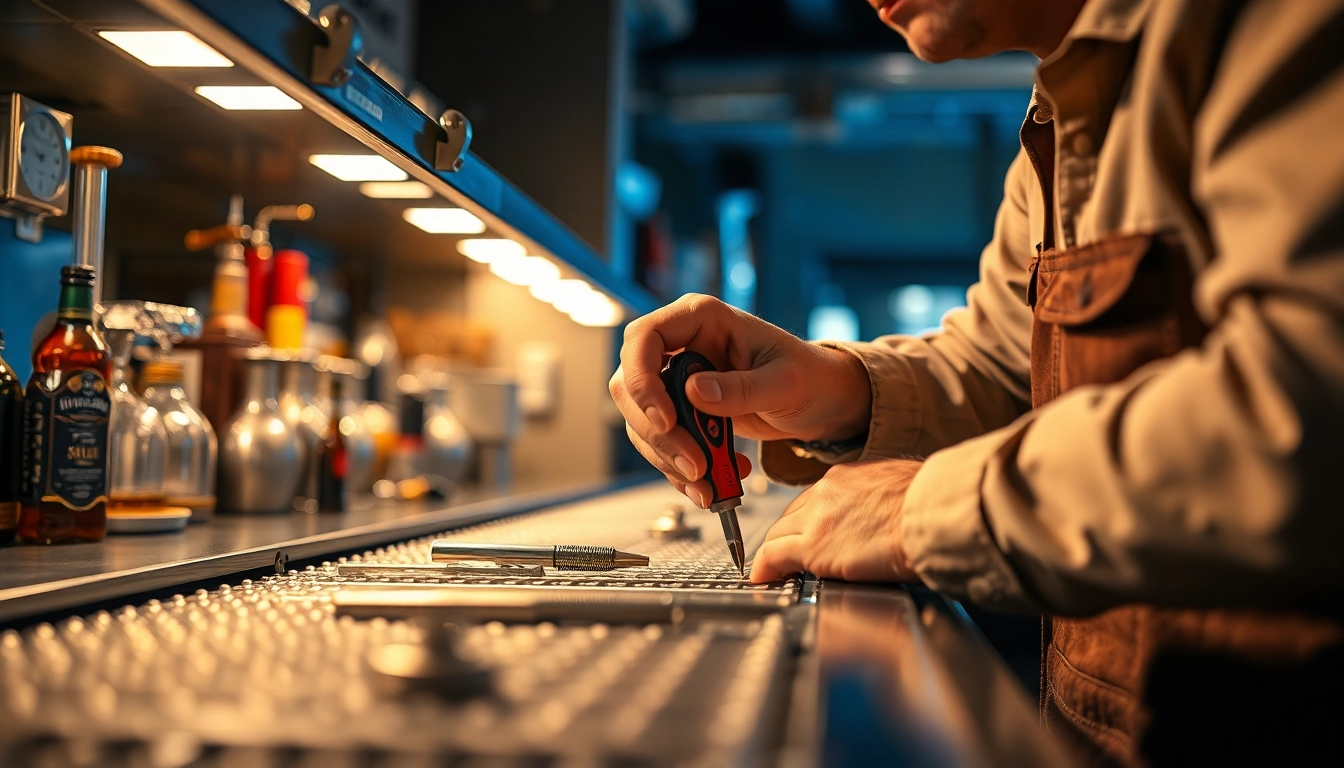Understanding the Importance of CCTV & Remote Monitoring
In an era where security concerns are paramount for both individuals and businesses, the necessity for reliable security measures has never been more pressing. CCTV & Remote Monitoring solutions have emerged as integral components of modern security systems. Through vigilant surveillance and real-time monitoring, these systems not only enhance safety but also provide valuable insights into security breaches or unauthorized access attempts. This article delves deeply into the significance of CCTV & Remote Monitoring, explaining its functionalities, benefits, and the latest advancements in technology.
What is CCTV & Remote Monitoring?
CCTV, or Closed-Circuit Television, refers to a system of cameras that transmit video footage to a designated monitor or recording device. Unlike broadcast television, where signals are publicly transmitted, CCTV systems are exclusively for specific users, making them ideal for security surveillance. Remote monitoring, on the other hand, is the ability to observe these cameras from a distance, often via smartphones, tablets, or computers. This combination allows for immediate actions in response to security incidents, improving response times and overall safety.
Benefits of Implementing CCTV & Remote Monitoring
The implementation of CCTV & Remote Monitoring systems offers a multitude of benefits that extend beyond mere crime prevention. Some of the most significant advantages include:
- Deterrence of Criminal Activity: The mere presence of cameras can discourage potential criminals from attempting break-ins or vandalism.
- Evidence Collection: In the event of a crime, recorded footage provides crucial evidence that can assist in investigations and legal proceedings.
- Remote Accessibility: Users can access live feeds from remote locations, offering peace of mind when away from their property or business.
- Cost-Effective Security: While initial setup costs may seem high, over time, surveillance systems can reduce the need for security personnel and can lead to a decrease in insurance premiums.
- 24/7 Monitoring: Unlike human guards, CCTV systems can provide continuous surveillance, ensuring that no area is left unchecked.
Common Applications of CCTV & Remote Monitoring
CCTV & Remote Monitoring systems find utility in various sectors, including:
- Residential Security: Homeowners use CCTV systems to monitor their property, ensuring their family and belongings are safe.
- Commercial Properties: Businesses leverage these systems to protect against theft and monitor employee activities.
- Public Spaces: Places such as parks and shopping malls use cameras to maintain order and ensure the safety of visitors.
- Traffic Management: Road surveillance systems help monitor traffic flow and identify accidents or violations.
Key Features of Modern CCTV & Remote Monitoring
High-Definition Video Quality
Modern CCTV systems come equipped with high-definition (HD) capabilities that enhance video clarity, allowing for the identification of faces, vehicle license plates, and other vital details. As technology has advanced, the availability of 4K resolution cameras has increased, giving users an even clearer view of their surroundings.
Remote Access and Control
One of the most significant advantages of contemporary CCTV systems is remote access. Users can monitor real-time footage from their mobile devices, tablets, or PCs no matter their location. This feature allows property owners to respond quickly to emergencies, adjust camera angles, or even communicate with individuals on the premises via built-in speakers.
Smart Motion Detection
Smart motion detection technology plays a pivotal role in modern CCTV systems. Unlike traditional systems that record continuously, smart detection triggers recording only during movement, effectively conserving storage space and enhancing efficiency. Alerts can be sent to the user when unusual activity is detected, allowing for prompt investigation.
Choosing the Right CCTV & Remote Monitoring System
Factors to Consider When Selecting a System
Choosing the appropriate CCTV & Remote Monitoring system requires careful consideration of various factors:
- Resolution: Higher resolution cameras provide better clarity, especially in low-light conditions.
- Field of View: Select cameras that cover broader areas to minimize blind spots.
- Storage Options: Analyze whether you want on-site storage, cloud storage, or both, and the implications for budget and accessibility.
- Durability: Consider environmental factors such as weather conditions and whether outdoor-rated cameras are necessary.
- Installer Reputation: Choose reputable installers to ensure the system is professionally set up.
Best Practices for System Installation
Proper installation is key to optimizing the benefits of CCTV & Remote Monitoring. Best practices include:
- Strategic Camera Placement: Install cameras where they cover maximum area without obstructions.
- Ensure Adequate Lighting: Supplement poor lighting with additional light sources to enhance video quality.
- Regular Testing: Conduct routine tests to ensure all components are functioning effectively.
Understanding Your Specific Security Needs
Each property has unique security needs based on its layout, purpose, and location. A thorough vulnerability assessment can help identify areas requiring surveillance. Businesses must also consider legal regulations related to privacy and data protection, ensuring compliance with prevailing laws when implementing CCTV solutions.
Integrating CCTV & Remote Monitoring into Your Security Strategy
Combining CCTV & Remote Monitoring with Other Security Measures
CCTV & Remote Monitoring should not stand alone in a security strategy. Integration with other security measures, such as alarm systems, access control systems, and security personnel, creates a layered security approach. This synergy enhances overall security, making it significantly more challenging for criminals to exploit vulnerabilities.
Creating a Comprehensive Security Plan
A robust security plan outlines specific strategies for risk assessment and response. It should define the roles of CCTV & Remote Monitoring in deterring crime, how it fits with existing security measures, and procedures for responding to alerts raised by the system. Regularly reviewing and updating the security plan is essential as conditions and risks evolve.
Monitoring and Maintenance Best Practices
Ongoing monitoring and maintenance ensure the CCTV system remains effective over time. Users should implement practices such as:
- Routine Inspections: Schedule periodic checks to ensure camera lenses are clean and functioning.
- Software Updates: Regularly update firmware and software to protect against vulnerabilities and enhance functionality.
- Manage Footage Storage: Regularly review recorded footage and manage storage efficiently to retain critical data.
Future Trends in CCTV & Remote Monitoring Technology
Advancements in AI and Machine Learning Integration
The future of CCTV & Remote Monitoring is moving towards artificial intelligence (AI) and machine learning (ML). These technologies can provide advanced analytics, such as facial recognition, anomaly detection, and crowd management. By using AI, systems can learn and adapt, improving their ability to recognize threats and reducing false alarms.
The Rise of Cloud-Based Solutions
Cloud-based CCTV systems are gaining popularity due to their affordability, scalability, and accessibility. Users can store vast amounts of footage while accessing it from anywhere with an Internet connection. This ease of access allows business owners to maintain oversight without being physically present.
Increasing User Control and Customization Options
Modern CCTV systems are increasingly offering customizable features to cater to diverse user needs. Users may now configure alerts, adjust monitoring schedules, and access specific camera feeds seamlessly. Such tailored solutions empower users to react quickly to security threats as they arise and adapt their surveillance strategies based on evolving risks.



